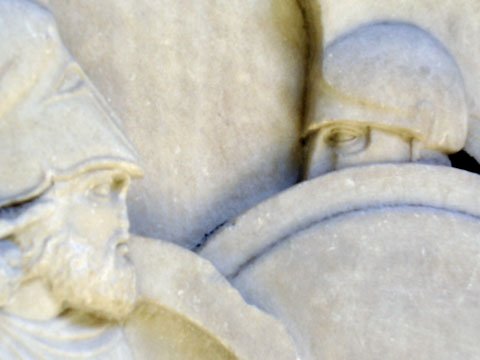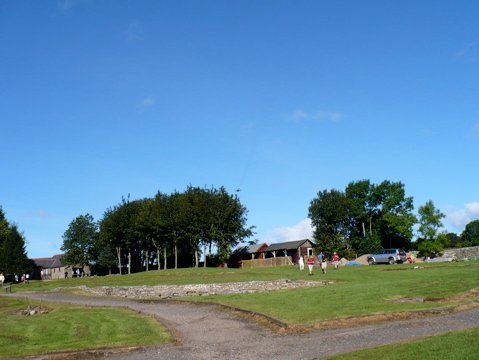
So, after just under two months in London, it's time to leave. Tomorrow morning I'm on the train to York, then after that, Hexham (near Hadrian's Wall), Edinburgh, Rome before finally getting back to good old Melbourne-town on 18 September. It should be a great way to cap off what has already been a fantastic trip, and will also give me a chance to unwind a bit before I plunge into the task of assessing the material I've gathered here in London.
So what have I been up to? From my posts it probably seems as if I've spent all my time sightseeing, but (in case my supervisor is reading this!) actually that was only one or two days a week. Apart from attending two conferences, giving one presentation, and meeting with a number of aviation historians, the rest of the week was usually spent in some archive or library, including:
I got to see most of what I wanted; though an extra day at RAeS and the RAF Museum would have been most useful, and I never made it to places like the Marx Memorial Library or the British Film Institute. And I may even spend half a day at the National Library of Scotland while in Edinburgh, though that's looking doubtful now. I printed or photocopied over 3000 pages, mostly from microfilmed newspapers, and took nearly 1600 photos of documents. And that's excluding the transcriptions I made of other documents which didn't seem worth filling out a form to get photocopied. I have no idea if this is a lot in relative terms, but in absolute terms the idea of going through all that is making me feel faint!
There have been a few surprises along the way. The most surprising thing, and a pleasant surprise at that, was bumping into Alex Dickson at the RAF Museum, who is doing his PhD on the origins of the RAF Volunteer Reserve; we eventually realised that we'd corresponded some time back, but completely by chance he had come down from Scotland to visit the RAF Museum on the one day that I was there, and to look at the same papers too! Sometimes it's a very very small world indeed.
Another surprise was that in this day and age (viz, the Internet Age) I should have to print out 3000 pieces of paper (the university library at home allows you to save to a USB stick, though the process is slightly cumbersome). And because I can't carry 3000 pieces of paper with me, I had to send them home in a big box, along with some books, totalling 25kg: I don't even want to say how much that cost! And because I was paranoid about the big box going missing on the way to Australia (and therefore wasting most of my trip here), I took the precaution of taking photos of each and every page beforehand. Some of them may be a bit blurry, but it will be far better than nothing if disaster strikes. Digital technology to the rescue, that's great and all; but it seems like there are one or two intermediate steps which could be eliminated here!
But the most surprising thing I learned here was how to put on a tie -- surprised that I had to do it at all! I've never needed to wear one before and would have quite happily gone to my grave never having learned how to tie one. But one of the conferences I went to was at RAF Cranwell; and even civilians needed to adhere to a minimum standard of dress ("Planters") while in the main building. Including, for men, the wearing of a tie. So first I had to buy a tie, which vaguely went with the shirts I brought with me, then learn how to put it on (the night before the conference). Of course that wasn't hard at all, but it wasn't anything I had expected to be doing here in London either.
Thanks to everyone who has shown me great hospitality while I've been here; you've helped make this trip memorable and not just productive! I look forward to catching up with you all some time in the future, here most likely, or in Melbourne if you ever happen to visit. I should have some form of net access while traveling, so I don't expect a real blog hiatus, though how much I'll be able to post is another question. Probably more travel blogging, I'm sorry to say: I promise there will be plenty more of the traditional Airminded fare when I get back to Australia! Er, and more travel blogging too, I suppose.






